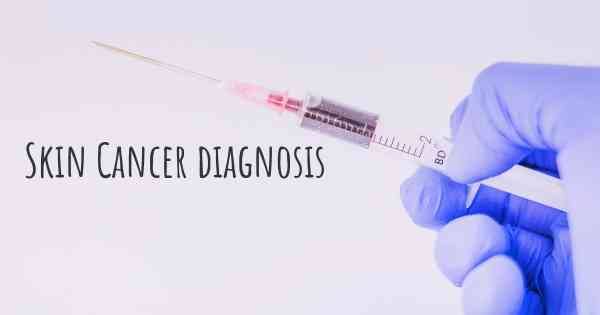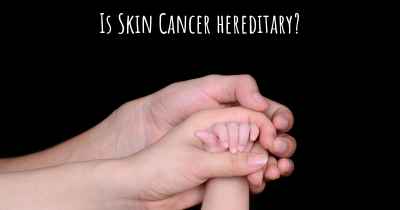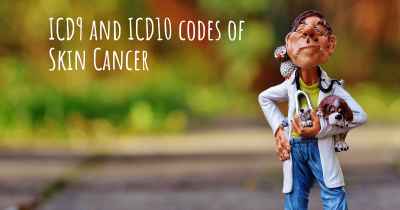How is Skin Cancer diagnosed?
See how Skin Cancer is diagnosed. Which specialists are essential to meet, what tests are needed and other useful information for the diagnosis of Skin Cancer

Skin cancer is diagnosed through a combination of visual examination, medical history assessment, and various diagnostic tests. Early detection plays a crucial role in successful treatment, so it is important to be aware of the signs and symptoms of skin cancer and seek medical attention promptly if any abnormalities are noticed.
Visual Examination: The first step in diagnosing skin cancer involves a visual examination of the skin by a healthcare professional, typically a dermatologist. They will carefully inspect the skin for any suspicious lesions, moles, or growths. The doctor may use a magnifying instrument called a dermatoscope to examine the skin in more detail.
Medical History Assessment: The doctor will also take a detailed medical history, asking questions about any previous skin conditions, family history of skin cancer, exposure to risk factors such as excessive sun exposure or tanning bed use, and any symptoms or changes in the skin that the patient has noticed.
Biopsy: If a suspicious lesion or growth is identified during the visual examination, the doctor will perform a biopsy to confirm the diagnosis. A biopsy involves removing a small sample of the skin tissue for laboratory analysis. There are different types of biopsies, including:
- Shave biopsy: The doctor shaves off the top layers of the skin using a scalpel or razor blade.
- Punch biopsy: A special tool is used to remove a small, cylindrical piece of skin.
- Excisional biopsy: The entire suspicious area, along with a margin of healthy skin, is surgically removed.
Pathology Examination: The skin tissue obtained from the biopsy is sent to a laboratory for a pathology examination. A pathologist, who is a specialist in diagnosing diseases, will analyze the tissue under a microscope to determine if it is cancerous and, if so, the type and stage of the cancer.
Imaging Tests: In some cases, imaging tests may be ordered to determine the extent of the cancer and if it has spread to other parts of the body. These tests may include:
- X-rays: X-ray images can help identify if the cancer has spread to the lungs or other nearby structures.
- Ultrasound: Sound waves are used to create images of the internal structures, helping to assess the depth of the cancer.
- MRI (Magnetic Resonance Imaging): This imaging technique uses powerful magnets and radio waves to produce detailed images of the body, aiding in the evaluation of the cancer's extent.
- CT (Computed Tomography) scan: A series of X-ray images taken from different angles are used to create cross-sectional images of the body, providing detailed information about the size and location of the cancer.
Additional Tests: Depending on the specific case, additional tests such as blood tests or sentinel lymph node biopsy may be performed to gather more information about the cancer and its spread.
It is important to note that only a healthcare professional can diagnose skin cancer accurately. If you notice any suspicious changes in your skin, it is crucial to consult a dermatologist or a healthcare provider for a proper evaluation and diagnosis.








